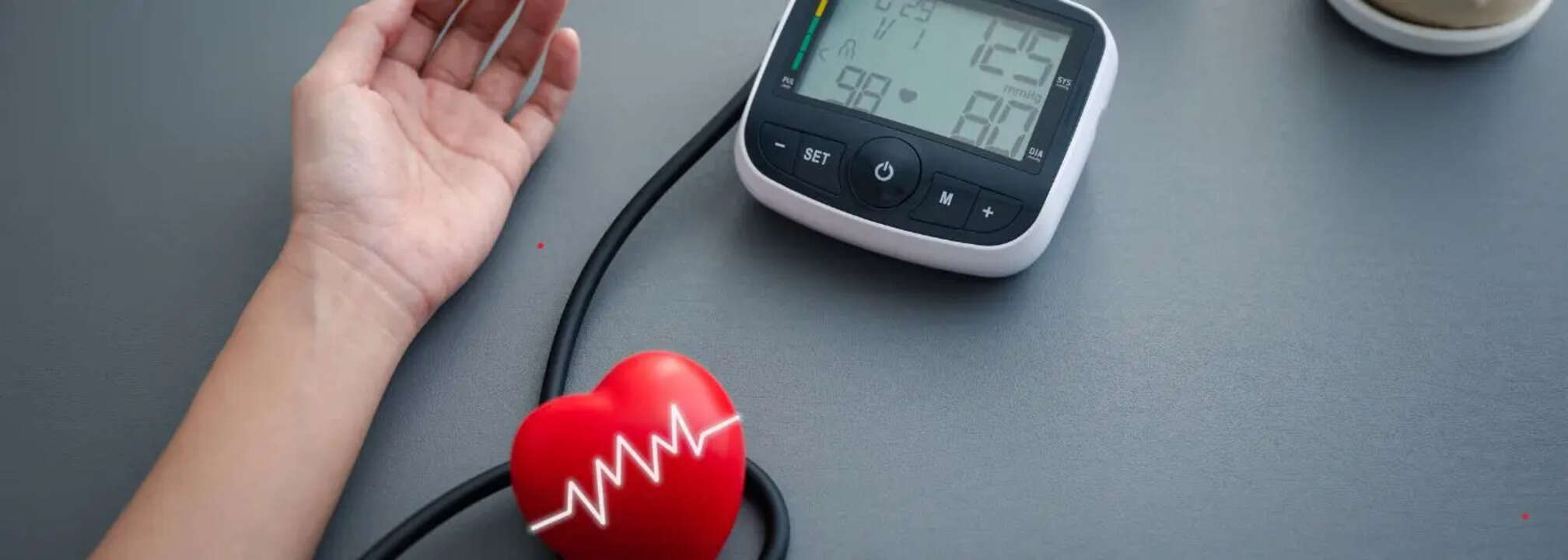Resting Heart Rate Is Window To Cardiovascular Health: How To Check Your Pulse At Home

Resting heart rate (Credit: Canva)
SummaryResting heart rate is the number of times your heart beats per minute when you are at rest. It is a vital sign that provides a glance into your cardiovascular or overall health.
End of Article
